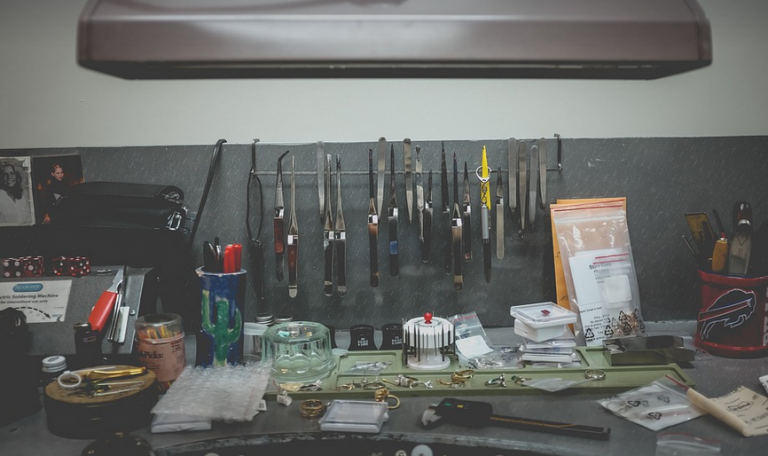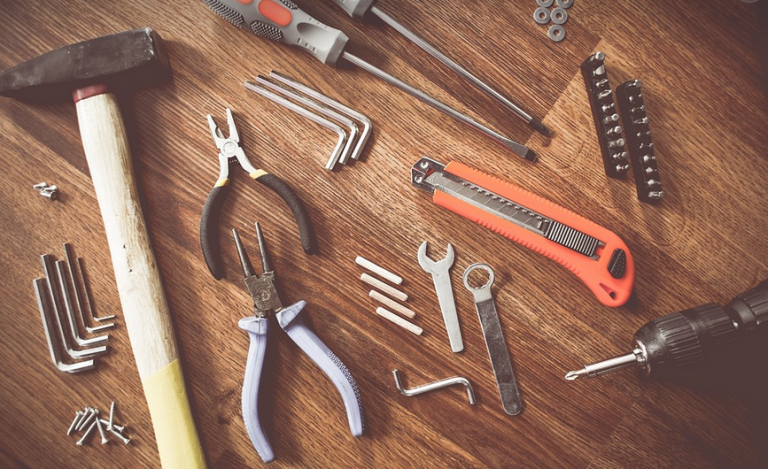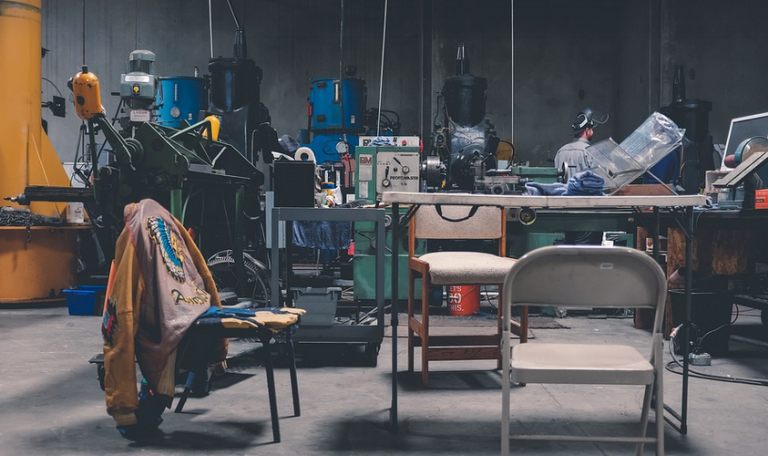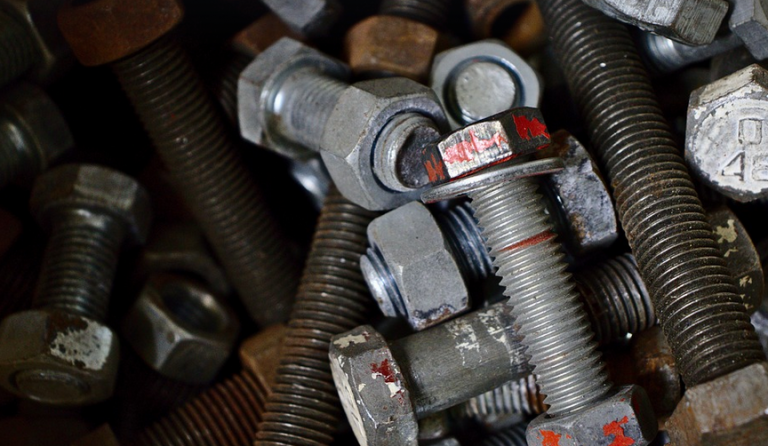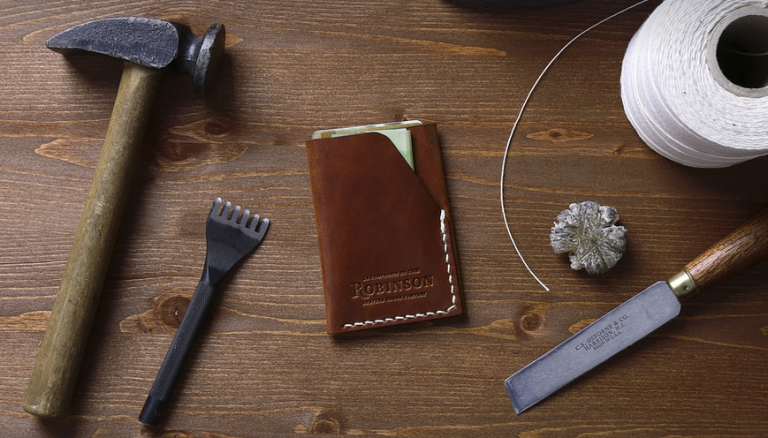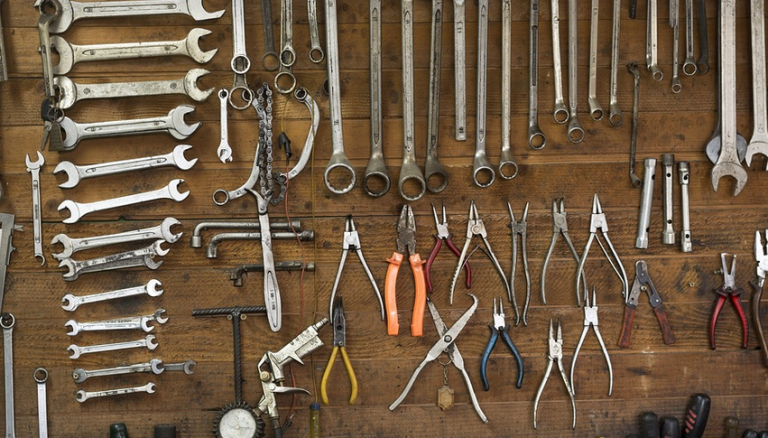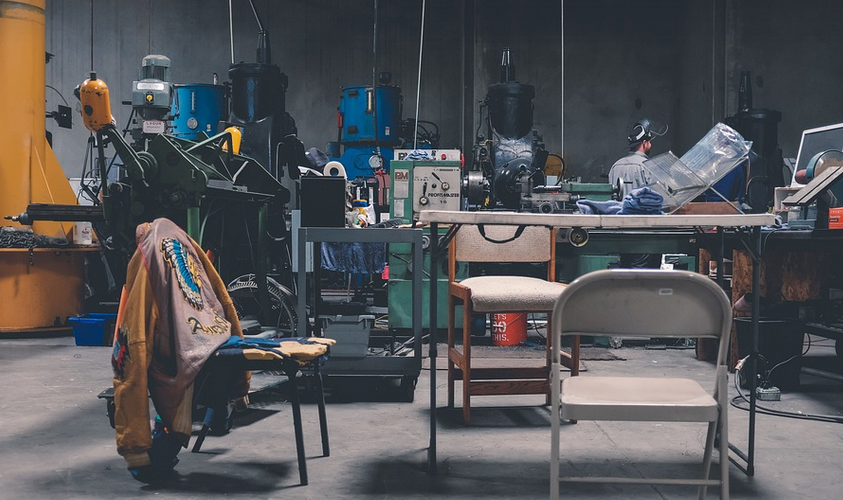
Why Do Stainless Steel Knives Rust?
The Science Behind the Surface
Stainless steel, with its reputation for durability and shine, is often a top choice in kitchens worldwide. But has anyone noticed that even these seemingly invincible knives can succumb to the dreaded rust? Understanding why this happens allows us to appreciate their resilience even more. It boils down to a simple yet elegant dance between science and the environment.
So, what exactly is rust, and how does it affect stainless steel? Rust is essentially iron oxide, a reddish-brown coating that forms on metallic surfaces when reacting with oxygen and water. Think of this as an invisible army of tiny minerals constantly working to make your knife look less elegant.
But here’s the catch: stainless steel is a superhero in disguise! It contains chromium, a highly reactive element that forms a protective layer on the surface, acting like a shield against rust. This layer, known as a passive oxide film, creates a barrier between the iron and oxygen molecules, preventing them from touching and engaging in their destructive dance.
However, this noble defense mechanism isn’t an unbreakable wall. The key ingredient to corrosion is moisture. Water acts like a catalyst, providing electrons that help iron atoms to bond with oxygen and create rust. It’s the unseen water molecules that fuel the reaction, even when stainless steel appears to be dry.
Think of it this way: imagine trying to shield your car from dust and dirt, but also adding a bit of rain to the mix – that’s essentially what happens with stainless steel. Even in seemingly dry environments, moisture can creep into tiny gaps or crevices on your knife blade, creating the perfect breeding ground for rust.
But let’s not just dwell on the negative; there are ways we can maintain those sparkling kitchen knives!
Keeping Those Knives Gleaming
So, how do we prevent that inevitable browning of our stainless steel knives? It’s about understanding how to tackle the challenges like a seasoned chef.
Firstly, remember that moisture is enemy number one. After washing your knife blade, make sure you dry it thoroughly. This can be done using a clean kitchen towel or paper towels, and even a drying rack if allowed. Keeping the blades dry will minimize the chance of rust forming in the first place.
Next, consider a specialized stainless steel cleaner. These products are designed to remove grime and leave behind an easily maintainable barrier that makes your knives shine like new! These cleaners often contain anti-corrosive agents designed to prevent rust from setting in.
For those who love the feel of their knives after a good clean, there’s the option of using a light coat of mineral oil on the blade to protect it and keep it sleek and shiny.
Remember, proper care goes a long way! Regular cleaning and maintenance will keep your stainless steel knives looking like new for years to come. After all, why settle for dull? Let’s ensure your knives stay sharp and beautiful!
